
23 Jul Images of the West: Big Sky, Montana, Before the Resort
BIG SKY CONJURES UP IMAGES of skiing, golf courses, high-end homes, and private resorts. As the home of “the biggest skiing in America,” its powder snow, 5,500 acres and 4,350 vertical drop have put Big Sky on the map as a destination resort. However, prior to 1970, when famed newsman Chet Huntley and his business consortium started the ski area, there was no Big Sky here. The name actually came from Pulitzer Prize-winning and native Montana author A.B. “Bud” Guthrie’s popular 1947 novel The Big Sky. He gave the rights to the name to the State of Montana, which now calls itself “The Big Sky Country.” Governor Forrest Anderson authorized the use of the name to Chet Huntley, and the resort community was born.
Now home to 2,400 people, this unincorporated area of both Gallatin and Madison counties is generally recognized to stretch along the Gallatin River Canyon and its tributaries some 19 miles from Karst to the 320 Ranch and up the valley of the West Fork from the Gallatin River to the ski resorts on Lone and Pioneer mountains. With Big Sky, Moonlight Basin and Lone Mountain Ranch, as well as the exclusive and private Yellowstone Club driving the economy, a small community has expanded to accommodate this tourist business. Fishing guides and dude ranches, banks and boutiques, fire departments and doctors, realtors and restaurants, gas stations and golf courses — all have sprung up in the past [four decades] to augment the motels, hotels, and condominiums of the resort. …
Prior to 1970, the middle section of the Gallatin Canyon and the West Fork were home to the wide variety of people and pursuits that characterized the pioneer American West. There is evidence of an Indian presence that goes back thousands of years. Mountain men trapped beaver in its streams, mining and timbering brought many men to the area, and dude ranching was very successful. Some of these original businesses are still in operation … [but] there were also several hardy families that homesteaded this country, bringing dry-land farming and ranching to the difficult climate between 6,000 and 7,000 feet in the Northern Rockies. The Crail family established itself [as a pioneer homestead] in the West Fork basin in 1902, where the Big Sky Meadow Village and the Arnold Palmer-designed golf course now stand. … The Crail Ranch persisted as an active operation until the resort opened, and … [today those] archives form the basis of frontier life description. …
EARLY CONTACT
THE FIRST PART-TIMERS in Big Sky were various bands of Indians … who used the area for at least 9,000 years during their seasonal search for resources. Shoshone, Bannock, Nez Perce, Crow, and many other Indian bands trekked along a north-south axis on the Gallatin Crest, an important use and travel zone extending from Yellowstone National Park to the Gallatin and Paradise valleys. …
When the Corps of Discovery passed through the Gallatin Canyon, north of here in the early 1800s, guiding them was the Shoshone Sacajawea. Her knowledge of the area was critical to the team charged with initial exploration for westward expansion. …
After the establishment of Yellowstone National Park, the trail paralleling the Gallatin River was widened and lengthened every few decades. Ultimately, the road not only gave visitors access to the park, but by the early 1900s, it also opened the Gallatin Canyon and Basin for development.
Come a Ti-Yi-Yippie Yippie Yea
THE PEOPLE WHO CAME looking for a place to live and to settle the land were typical of the homesteaders throughout Montana. They may have had a minor interest in logging or mining, but they primarily pursued agriculture.
The high altitude of the upper Gallatin and West Fork had long winters and deep snow that, with the exception of the Durnam lettuce field, was not conducive to growing crops. As a result, farmers raised hay, sheep, and cattle. Hardy breeds were necessary, and a large haying operation was needed to overwinter the animals, which could require up to two tons of hay per cow. …
The first major cattle operation was in 1898 in the Taylor Fork south of Big Sky where Marshall Cunningham and Hans Behring ran several thousand head. The 320 later used this area as a summer range. The Crails and their successors used the West Fork Basin, and Ken McBride ran sheep there until the Meadow Village appeared with the creation of the ski resort. Several of the original ranches — such as the Stillman, Lytle, and Waters places — disappeared from history. Most of the others became dude ranches. The 320 and the Lone Mountain Ranch (formerly B-K) continued with the guests helping to run a working cattle ranch, while others such as the Half Way Inn/Rainbow Ranch and the current Buck’s T-4 turned to short-term stays featuring trail rides, fishing, and hunting. …
Dude Ranching
HERDING CATTLE AND TENDING TOURISTS have many similarities: long hours, difficult and uncomfortable situations, and uncooperative subjects. However, both had another similarity in that dude and cattle ranching proved to be the most successful and long-lasting enterprises in the Big Sky area. American urbanization and nostalgia for the Old West in the early 20th century fueled the desire for this form of vacationing. …
Despite the hardship of living here, the canyon and basin evolved into a recreation center where tourists came to learn about life in the “Wild West.” Trail rides, dances, rodeos, and picnics were an important part of life then as now.
Editor’s Note: Reprinted with permission from Images of America Big Sky by Jeff Strickler and Anne Marie Mistretta in cooperation with the Historic Crail Ranch Conservators. The book is available from the publisher online at www.arcadiapublishing.com or by calling 888.313.2665.
- Howard Erwin rests on the fence with Clint and Hazel Wilson. Sam Wilson, who died in 1929, started the 320 Ranch, seen in the background. Photo courtesy Arcadia Publishing. (Bill Erwin)
- Karst Bar, early 1940s. Longtime bartender John Fechter serves a group of “duded up” partygoers at this convention in the 1940s. Photo courtesy Arcadia Publishing (Sara Anderson’s Karst Collection and Isabelle Durnam Album
- Although stagecoaches were used for tourist rides at the various dude ranches, they were not regularly used in the canyon. Here, Pete Karst takes visitors for a ride at the Karst Kamp. Photo courtesy Arcadia Publishing (Pioneer Museum in Bozeman, MT)





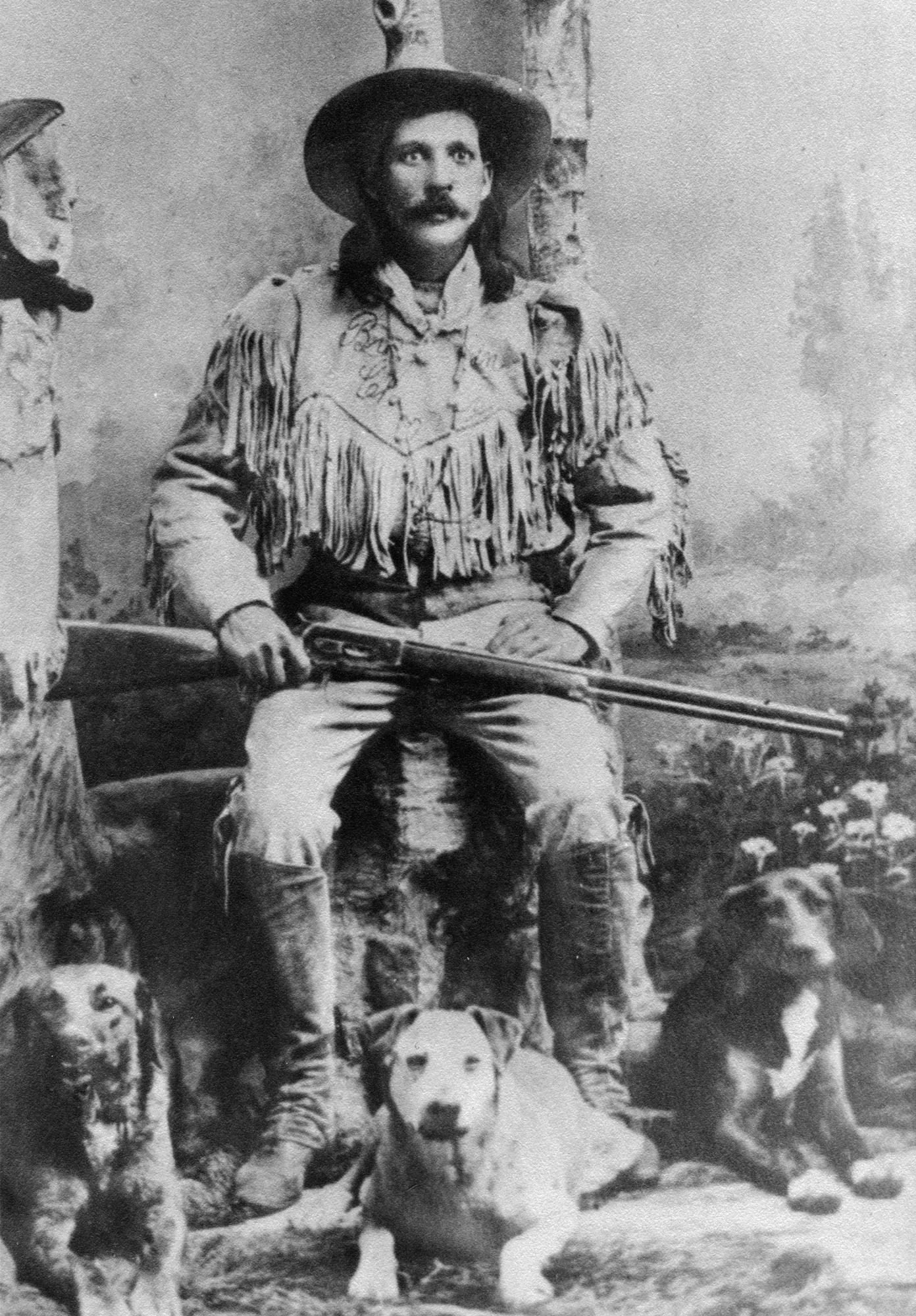
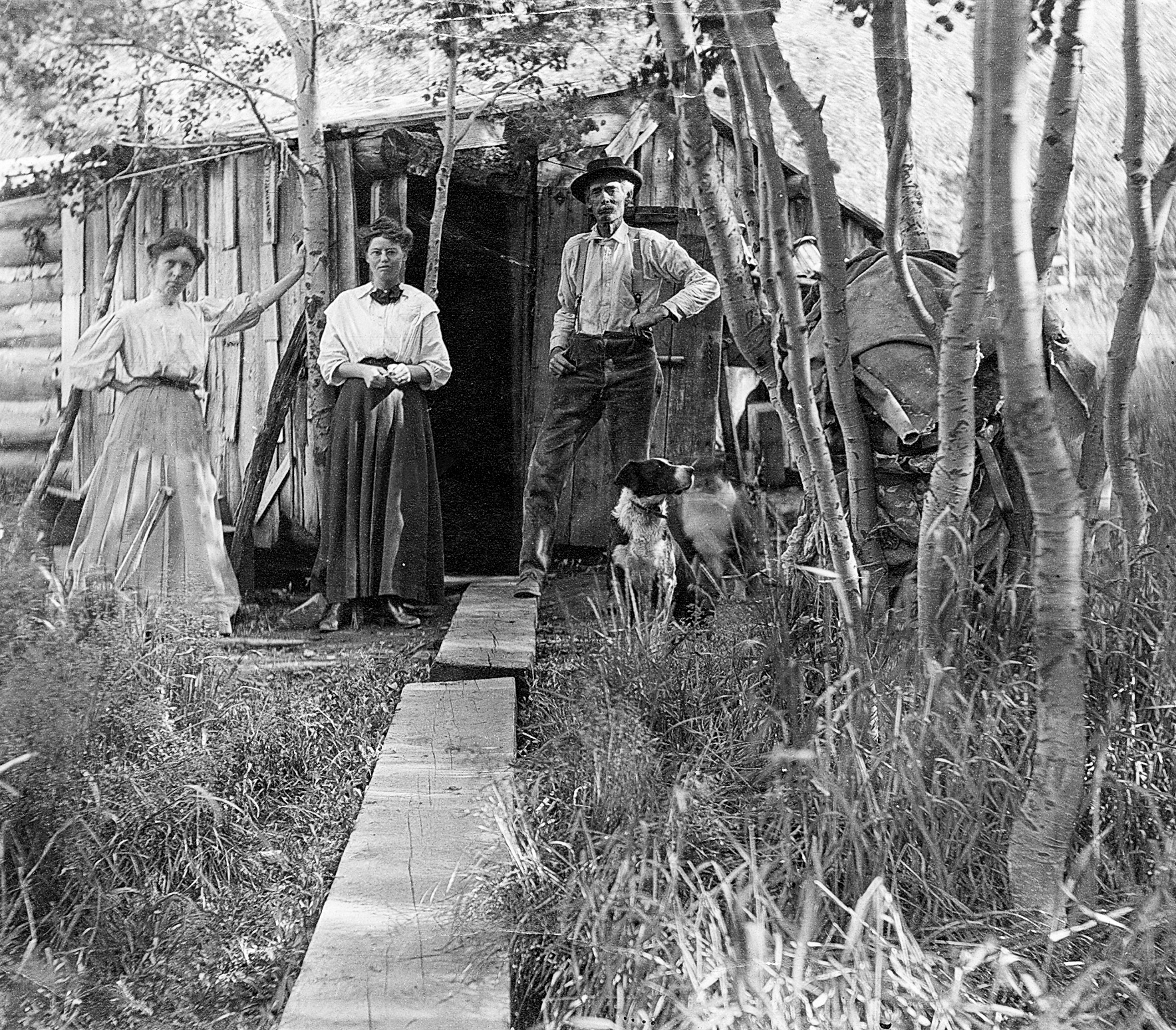
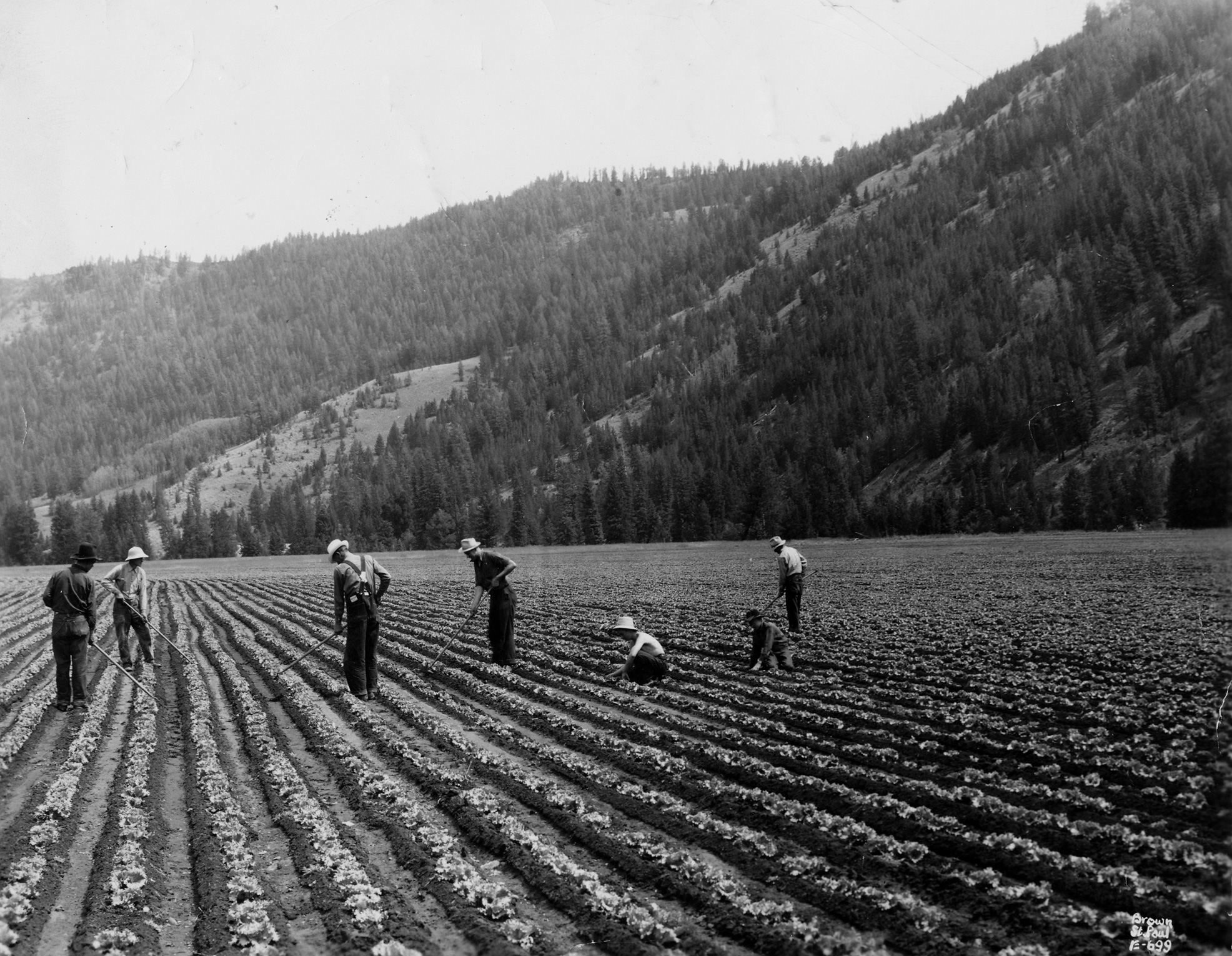

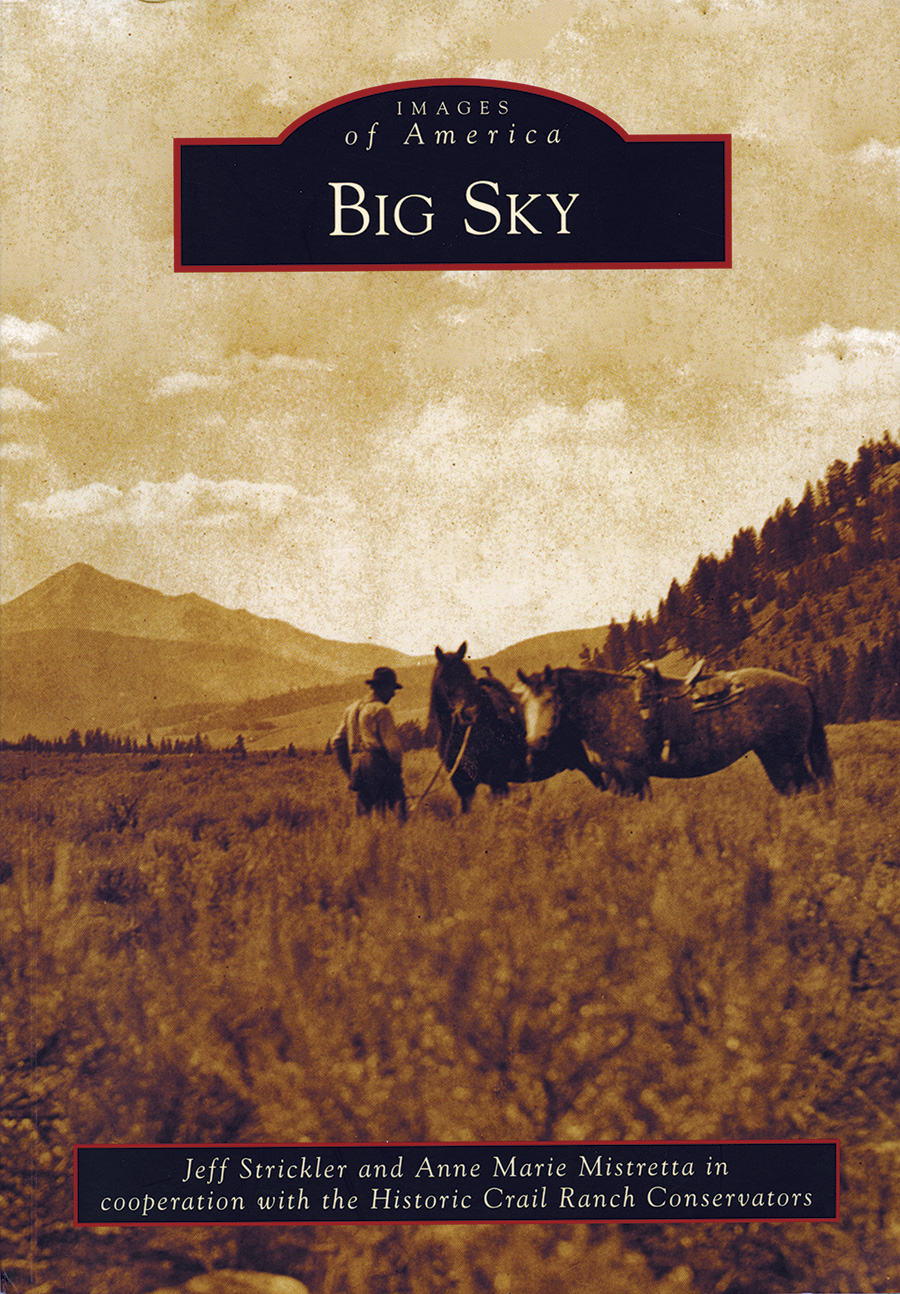
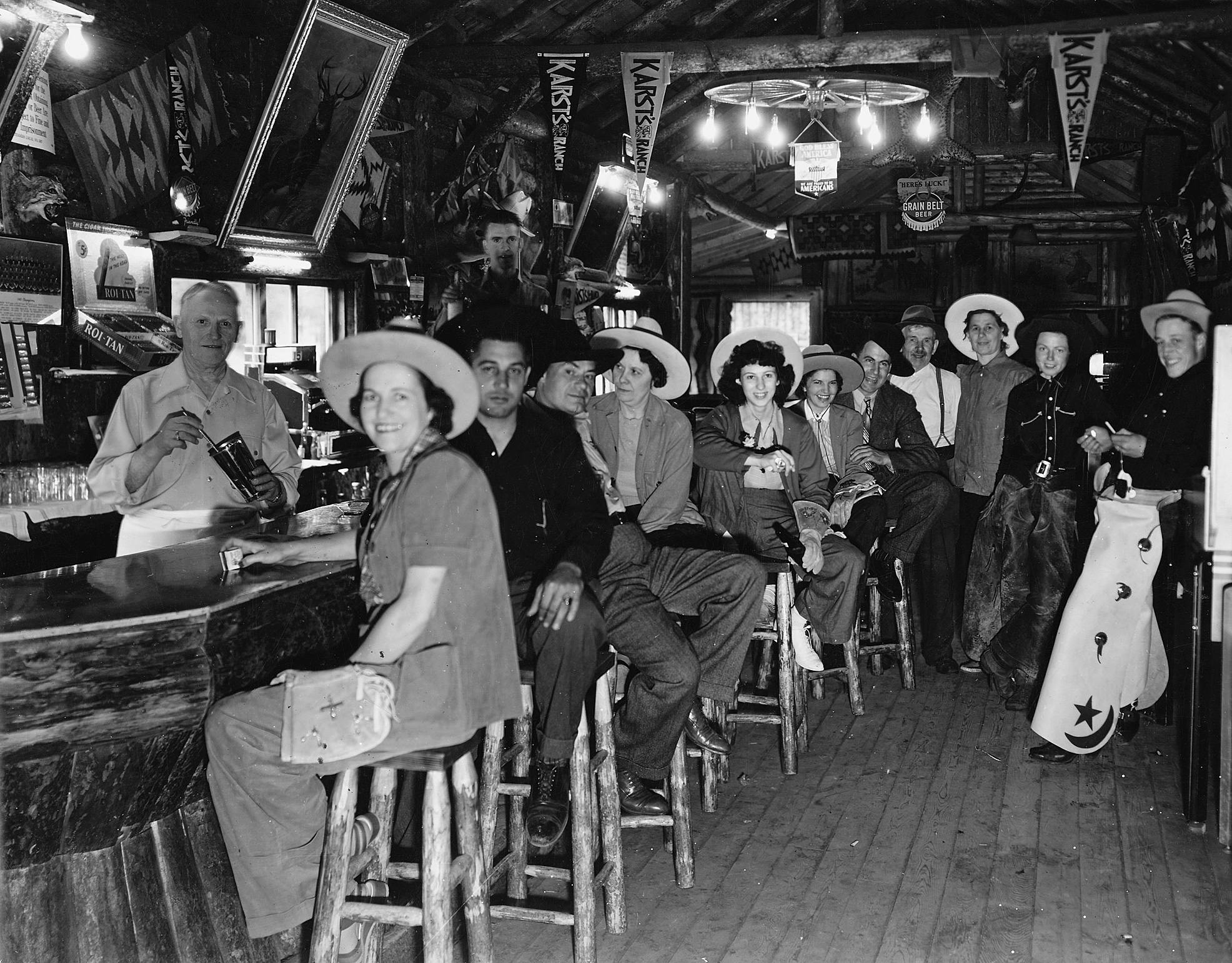
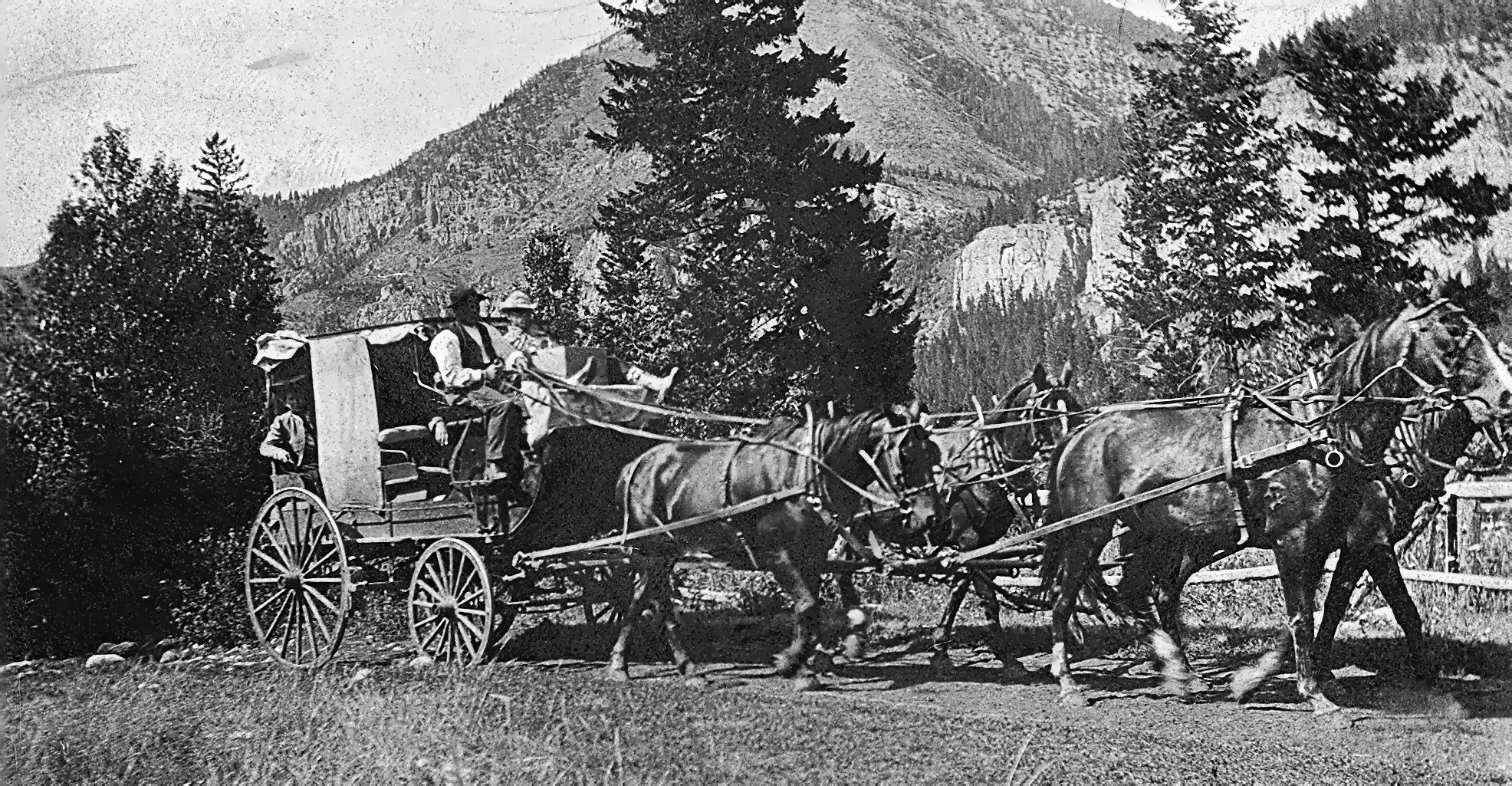
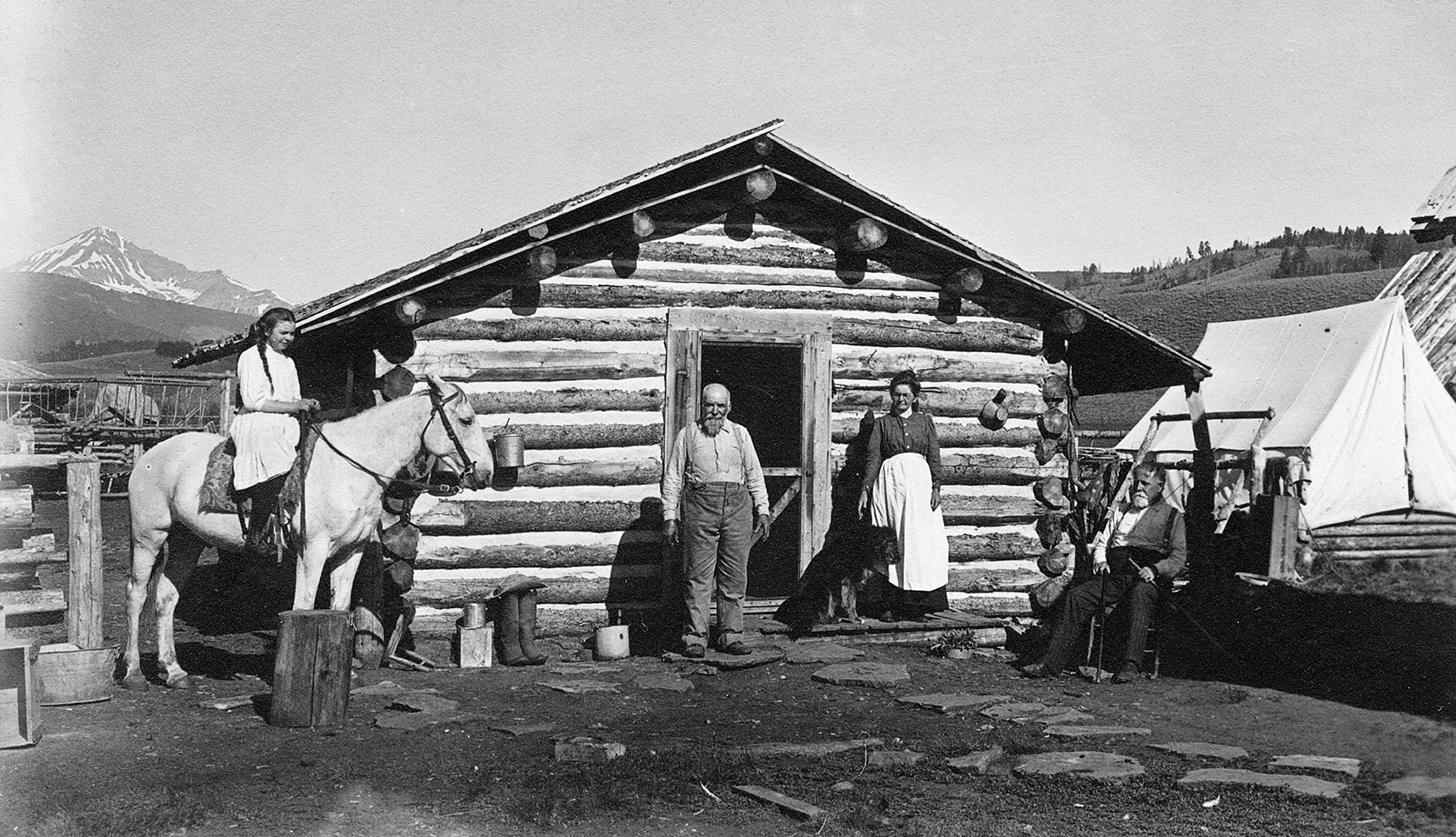
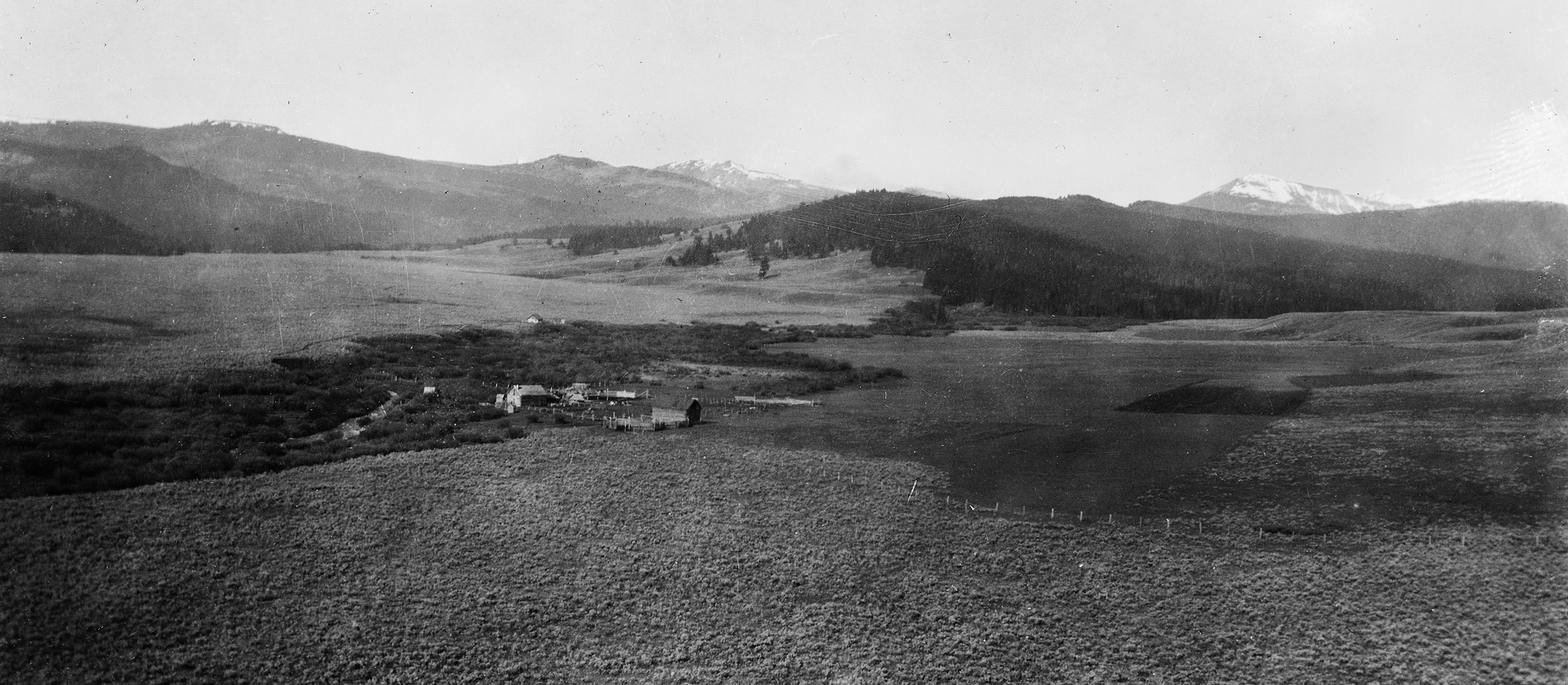
No Comments